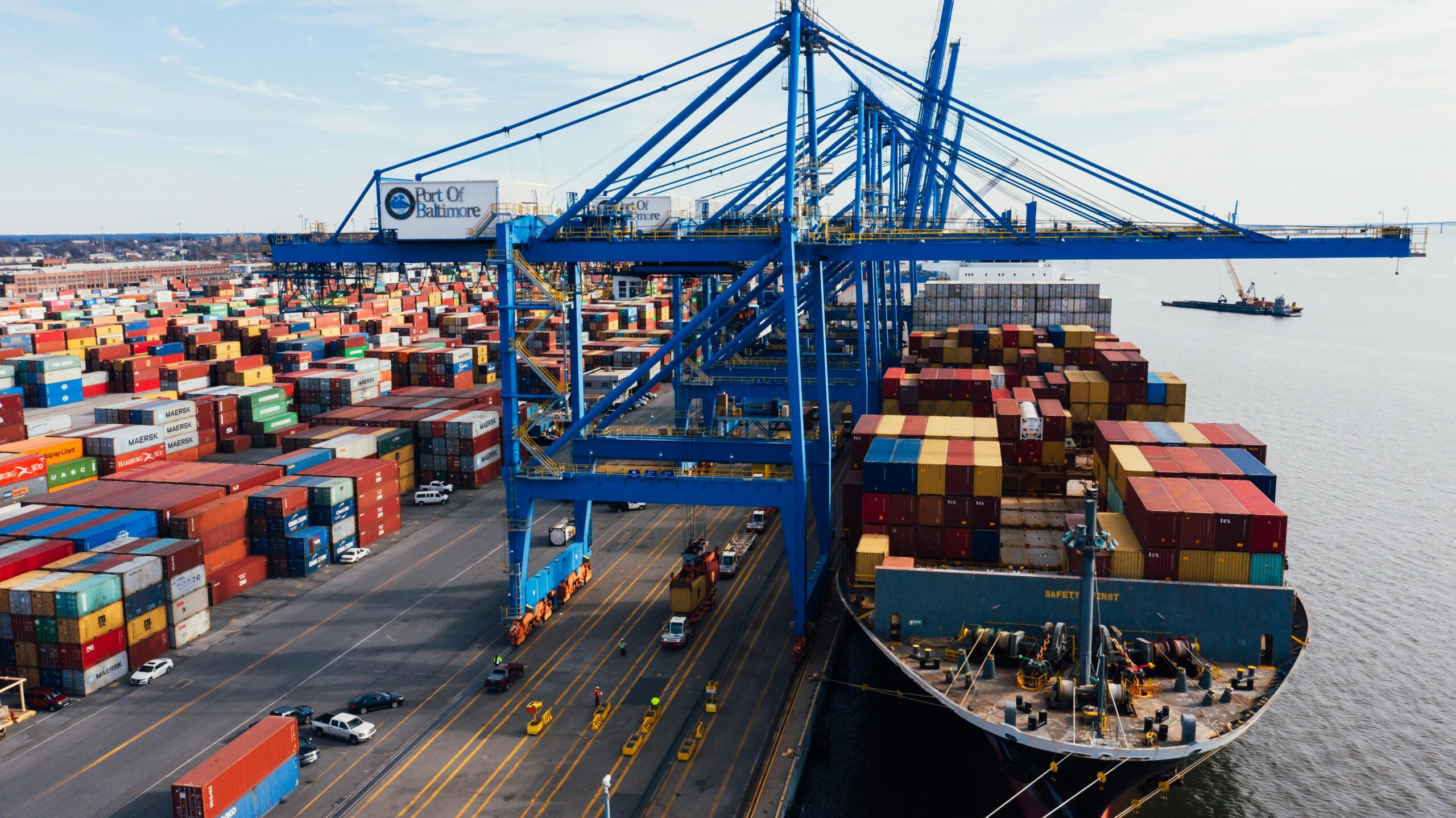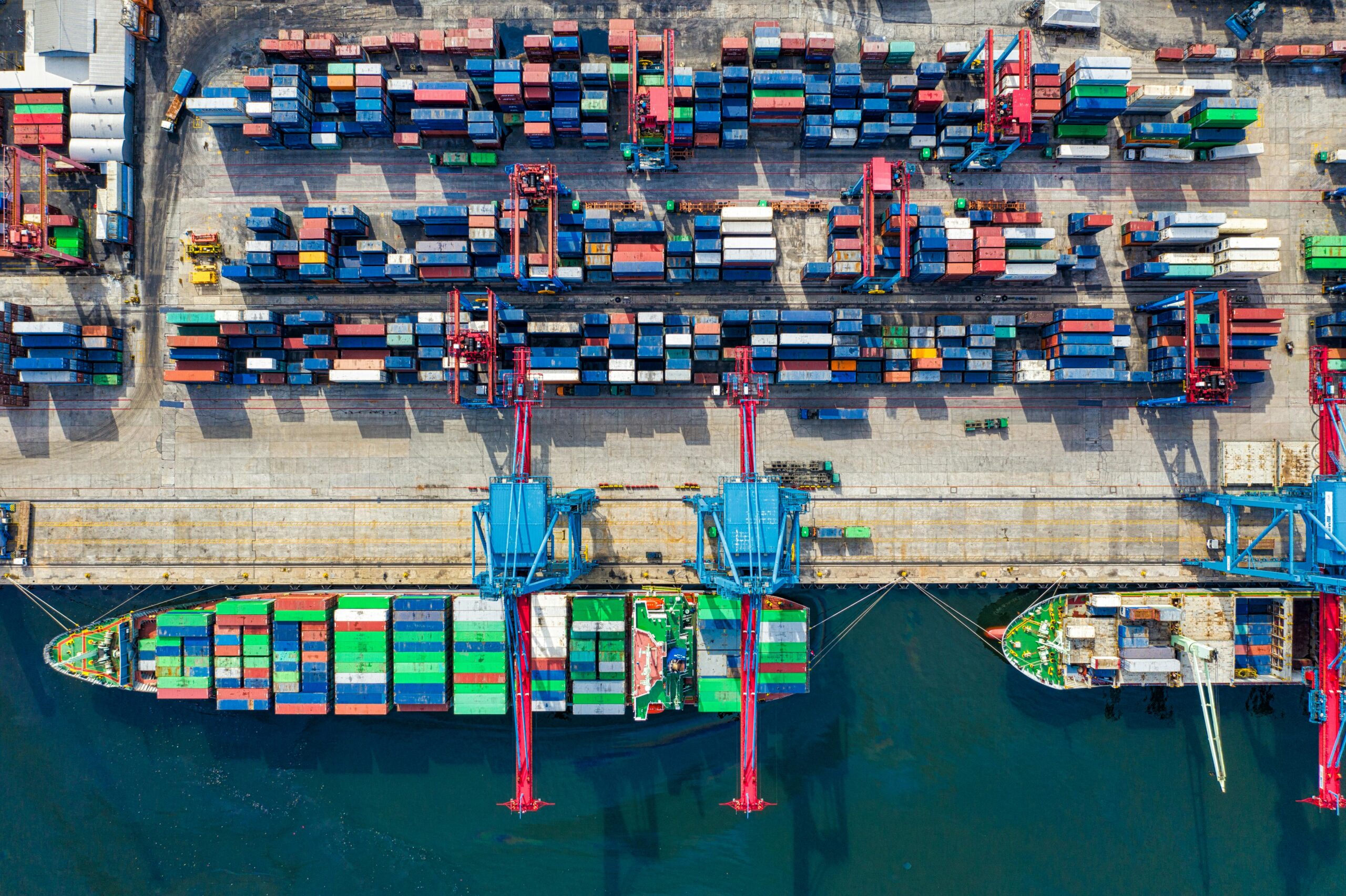A three day walk-out by forty-five thousand members of the International Longshoremen’s Association (ILA) at ports on the US East and Gulf coast this week has come to an end.
A joint statement between the ILA and the United States Maritime Alliance (USMX), an employer group comprising the world’s largest shipping lines and US port operators – issued on Thursday night – said a “tentative agreement” had been reached, with negotiations extended to January.
Under the deal, members of the International Longshoremen’s Association will see an approximately 62 percent wage increase.
The move has caused substantial disruption to USA imports and exports, but with ports reopening, work to clear the backlog has started.
The long-threatened strike action, which we cited the prospect of in a recent article on falling shipping rates, began at midnight on Tuesday. All cargo ports along the USA’s East Coast, from Maine, down to Texas on the Gulf Coast, are feeling the effects.
Leading supply chain news outlet The Loadstar hinted that pressure from the White House and President Biden could be behind the suspension of the action. He has highlighted that ports are critical to the clean up operation of Hurricane Helene, which wrought havoc on parts of the US East Coast.
Why did the ILA go on strike?
Members of the ILA decided to undertake their largest-scale strike action in nearly 50 years after negotiations with, over a new labor contract broke down over wages.
The ILA’s leader Harold Dagget said the group had not offered appropriate pay increases or agreed to demands to stop port automation projects that threaten jobs.

How has the strike action affected US East and Gulf coast port operations?
The action effectively brought operations at 36 ports to a standstill, impacting 70% of all containerized US exports, and roughly 56% of US imports. The Loadstar reports estimates that for every day the ports shut, recovery time will be one week.
It means ships haven’t been able to dock, and those that are already in port saw operations suspended. This created logjams, with imports destined for US east coast ports stuck at sea or re-routed. For exports, it means cargo can’t be dropped off at the ports or loaded onto ships.
As shippers have sought alternative options, it means there has also been an impact on other modes of freight, such as trucking, rail and air freight – with capacity squeezes and cost increases.
Shipping lines moved to omit port calls from their schedules. Some vessels are also queued outside ports in “anchorage” areas. As of Thursday, more than 45 container vessels were “at anchor” outside East Coast and Gulf Coast ports.
What does the strike mean for me if I’m relocating to or from the USA, with my personal effects going by sea?
Despite the strike ending, delays are likely to linger as the backlog is cleared and containers are moved to their correct destinations. It means that delivery of your personal effects will almost certainly be delayed. It is also likely that, in the short-term at least, the cost of shipping into or out of the USA is going to increase – though this is likely to be less than feared with the action cut short.
Cost increases
Firstly, shipping lines have been communicating emergency operations surcharges in relation to the strike action. MSC has notified its customers that it is applying a $1,000 surcharge per 20ft container, and $1500 per 40ft container, effective from October 27.
Maersk has implemented a local Port Disruption Surcharge of $1.500 per teu (20ft equivalent unit, making the charge $3,000 for a 40ft container) for all cargo moving to and from USA. East Coast and Gulf Coast terminals, effective from October 21.
CMA CGM has advised that US east and Gulf coast local port charges for import shipments of $1,500 per teu would be applied from October 11, while export shipments would be subject to local port charges of $800 per 20ft and $1,000 per 40ft on the same date.
Hapag Lloyd, another major carrier, is applying a Work Disruption Surcharge of $1,000 per teu from 18 October on container shipments to the US east and Gulf coasts.

Under US Federal Maritime Regulations, new price hikes and surcharges must be notified to the trade at least 30 days before implementation, which is why there is variation on the effective dates.
This will considerably increase the cost of shipping to or from the US. We advise you speak to your account manager or move manager to understand whether there is a cost implication for shipping your personal effects.
As of October 4, there has been no word from major shipping lines as to their plans for lifting these surcharges.
Delays
Delays are highly likely, but the length of this will depend on what action is taken for specific schedules and cargoes.
For instance, if a liner decides to anchor outside a port and wait for disruption to end, the cargo on that vessel won’t be unloaded until the port is reopened and the vessel docks. In other instances, shipping lines may decide to re-route vessels, meaning cargo is discharged in a different location.
The mode by which a given container travels could also change, from ship to rail, or ship to air freight.
Either way, the impact on schedules is likely to be significant.
Crown Relocations and Crown World Mobility is contacting impacted clients and customers to discuss circumstances and options.

What about wider impacts to the global economy?
The strikes have certainly had an impact on US imports and exports – but the strike ending after just three days limits the damage.
CNN is reporting estimates from the Anderson Economic Group, that a one-week strike would cost the US economy about $2.1 billion, with most being a $1.5 billion loss in the value of the goods that couldn’t be delivered on time, such as perishable goods.
In some respects, with this strike action having been forecast several months in advance, shippers had already brought imports and exports forward ahead of the Christmas and Thanksgiving surge. This had caused container rates to increase on shipping trade routes to and from the US in recent weeks, so it is hoped this will have mitigated against the wider impact somewhat.
But the precarious nature of international shipping means that disruption, delay, and surcharges, have obvious cost implications on doing business, with wider economic impact.
We have already seen the stark impacts on shipping this year, caused by conflict in the Red Sea, drought in the Panama Canal and the collapse of the bridge in Baltimore. Frustratingly, the strike comes at a time when inflation had been falling and high shipping rates caused by those events were starting to come down.
What can I do now?
The best thing to do now is discuss your options with your account manager or move manager, regardless of what point you’re at in your relocation to or from the USA. We have been reaching out to all customers and clients who are affected or have booked or pending shipments to the USA.
We will be monitoring the situation closely, and will also be sharing updates on the articles and insights pages of our websites.